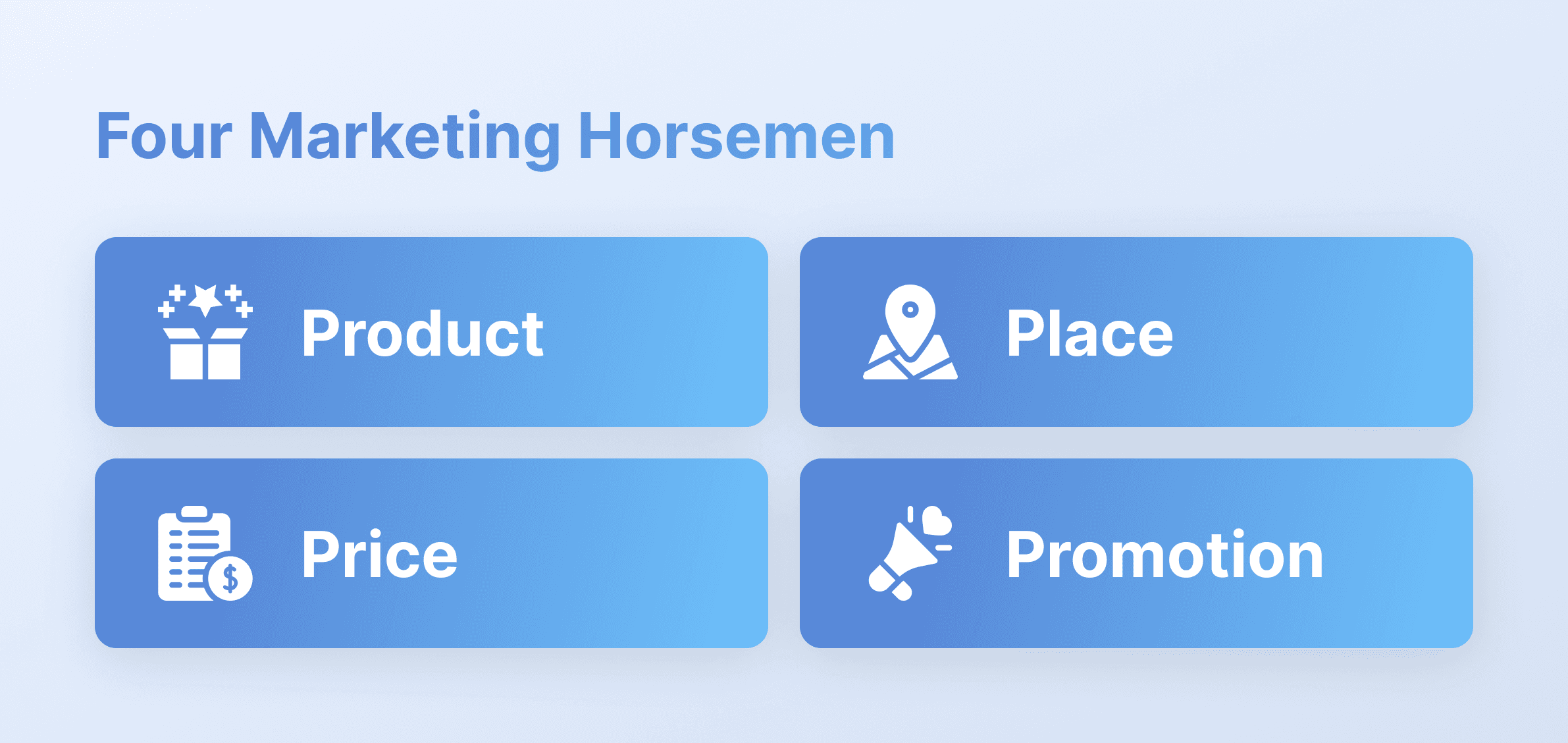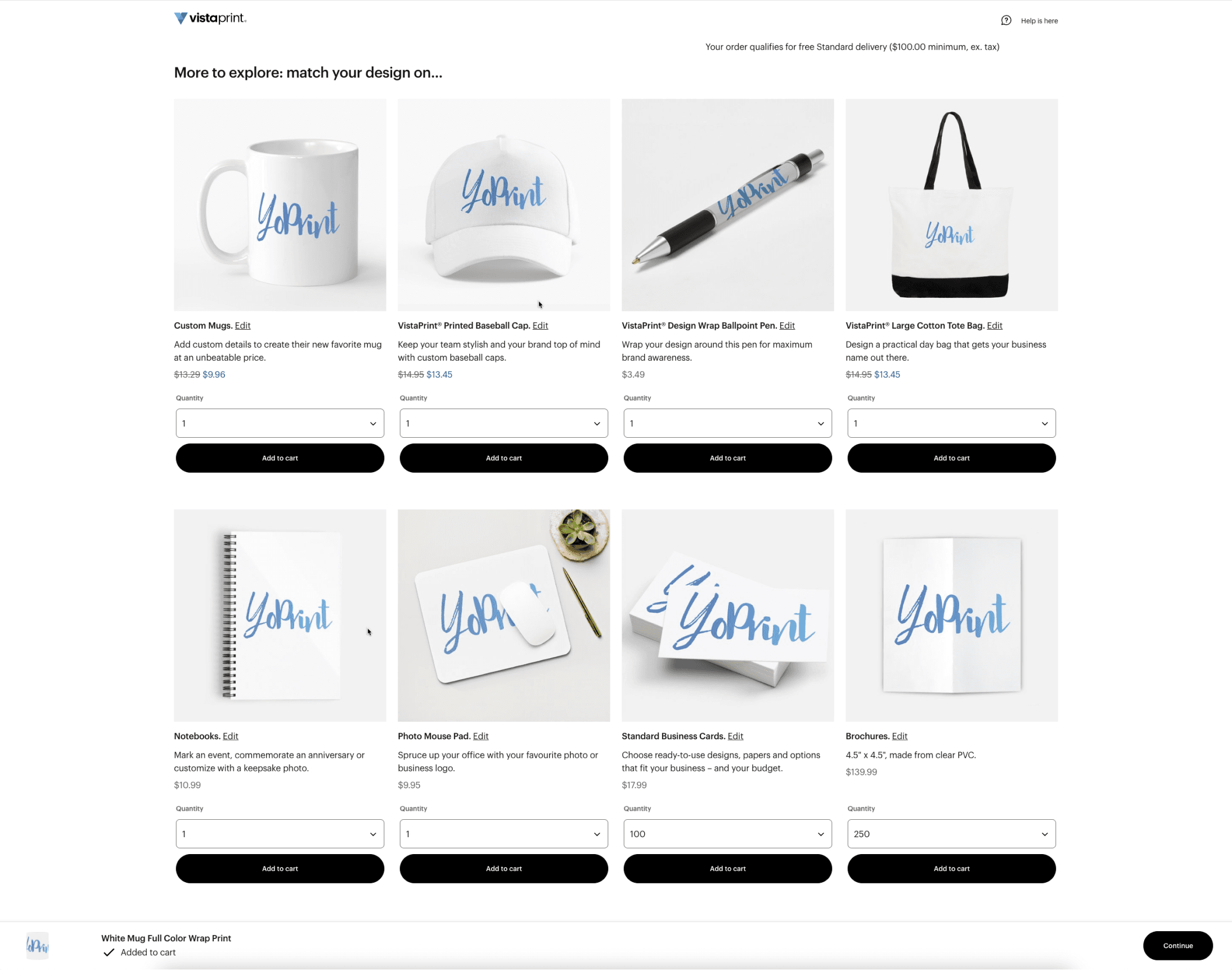While the best things are always unplanned, you will still need a solid business plan that would give you a foundation for your overall workflow, the services you offer, and even the pricing structure you will want to use.
When you are applying for a business loan, your business plan will play a huge role to secure your finances. Many lenders may not offer a loan until you share your business plan with them, as it gives them an idea of your business's viability.
What goes into a business plan document, anyway? Let's find out!

So there you have it! In your business plan, you will need these key elements:
1. The Executive Summary
- A quick and brief overview of your company. You want this part to be concise. Put it this way, if anyone reads this part, they would already know what your company is all about.
- This is where you would mention briefly about your shop goals, products and services, your target market, and also your competitive landscape, which is how you stand out among other competitors
2. Company Description
- Show your logo
- Mission and Vision
- Values
- Talk about your company's strengths and opportunities
- Lay out any weaknesses or threats
3. Marketing Plan
- Explain in detail how you plan to make your company visible to the market
- Be as creative as possible, but make sure it is viable
4. Financial Plan
- Go into detail on how you plan to sort out your money
- Read more on how to plan out your budget and finances in the financial chapter here
One of the most essential parts of starting a business is doing a market analysis prior to making the business plan itself. That's when the four marketing horsemen come into play.
The Four Marketing Horsemen of Your Print Shop

Often referred to as the marketing mix, the four essential key aspects to take into consideration when starting a printing business, or any business for that matter are Product, Price, Place and Promotion.
These 4Ps are important and it needs to be a part of your business plan too. When banks or investors can clearly see the direction of your print shop, it can help to ease their approval.
Do this properly, and use it to your shop's advantage.
Products and Services
Once you have done your market analysis and you already have a rough idea of what your customers need from your print shop, this is when you can start thinking about what kind of products and services you can offer them.
Will you stick with screen printing or consider other decorative options like embroidery? Would you consider expanding your options to include direct-to-film (DTF) printing in the future?
When finding a niche for your online print shop, try and find a balance between your passion and profit. Following your passion without considering if the idea is actually viable, will eventually lead to problems down the road. However, being emotionally invested in your brand will give you more strength and resilience to power through when you face challenges in the future.
Finding ideas for a niche product will come from your experience. Do some soul-searching, get insights into what really matters to you.
NOTE: The saying "Jack of All Trades, Master of None, Often Times Better Than Master of One" is not applicable when you are JUST starting a business. It is better to be good and focus on one niche product before you start offering other products and services.
Location, Location, Location
However you plan on running your business - whether from an online-only presence, a brick and mortar storefront, or even a mix of both - your print shop's location can determine many factors, like shipping considerations and ultimately customer demographics.
Even if you're not opening a physical store for meeting customers and taking orders, you still need a space for your screen printing needs. Most newcomers will usually start from their garage for convenience and cost efficiency. But take this into consideration; you will need ample space to work with.
It can be helpful to sketch out your planned floor layout for your shop, as it can give you an idea of which rooms serve which role to determine the workflow of your printing operations for proper work conduct.
Why is this important?
- Space - Helps you measure the space you have for setting up your equipment. For example: manual screen printing presses can take up a lot of space and may be larger than expected
- Ventilation - Many consumables can release harmful chemicals or particulate matter into the air, posing a health risk to everyone in the shop
- Lighting - Ensure sufficient lighting for proper visibility (excluding the dark room, unless you use UV-safe lights)
- Fire Hazards - You would want to make sure your flammable equipment is placed near exits. In any unfortunate event, you or your staff can make a quick escape
NOTE: Don't forget to have space for your staff to walk around your print shop! Additionally, find out your local laws on the disposal of hazardous materials so you don't make a terrible mess in the long run.
PRO TIP: Measure your production space before purchasing any machinery, so you know what kind of space you're working with before you buy. Also, make sure to measure doorways for equipment delivery.
Price and Profit
Making money is what every business owner loves to talk about! This is when you will need to know what your markups and margins are.
Markup is rule-of-thumb way of pricing where you are making sure you are profitable with no regards of how profitable you actually are.
Margin, on the other hand focuses on how profitable your service is. Margin is literally profit per dollar spent. 50% margin would mean for every dollar you earn, you make 50 cents in profit.
Markup guarantees that you are profitable while margin tells you how profitable you actually are. Neither is a wrong approach.
NOTE: You could read our markups and margins page to learn more about this in detail.
Based on your market analysis, your pricing structure will be mainly affected by how much your competition charges, prevailing market rates, your cost of operation, and various other factors. You don't need to be the cheapest. You just need to be affordable to your target demographics.
However, bear in mind that your prices must also reflect the quality of your products and services, justifying the expense your customer made. You could lose your entire customer base if you charge exorbitant prices but provide poorly made prints.
Promotions
Everyone loves a good deal. Being the new print shop in town, you will need to offer the most attractive promotions to be a breath of fresh air from what is already offered around. A combination of good advertising and enticing deals can quickly draw in a crowd.
Consumers love the words "Free" and "Sale". Use this to your advantage. Offer "FREE SHIPPING", or "Whatever SALE" you could think of. They will grab the opportunity, and this is when you could also offer more exciting products with great discounts. When they return, offer more loyalty discounts. Customers who feel appreciated will spread the word, and — boom, you've got yourself a solid customer base.
PRO TIP: One of the best ways you could attract newcomers is offering bundle deals and also upselling, as this will also help you to increase revenue. Take a look at how Vistaprint does this.

Upon checkout, the website immediately shows what other products you can get your custom prints on, at a discounted price too.
This could also be applied for your physical print shop. Don't be shy, let your customers know what your shop could offer.
NOTE: Don't fear rejection, it's okay if you can't close the deal. At least now they know what else your shop is offering, and would keep it in mind for the next time they come.
After deep diving into your print shop's business and market analysis, you will be able to:
- See what popular niches are so you could identify your target audience
- Tailor your products and services to your target audience
- Improve your marketing plan based on your target audience's needs Identify who your competitors are and what they're doing
- Find out market gaps and get more leverage to attract customers
Starting a business is easy, it's maintaining it that requires blood, sweat and tears. Good luck! 😉